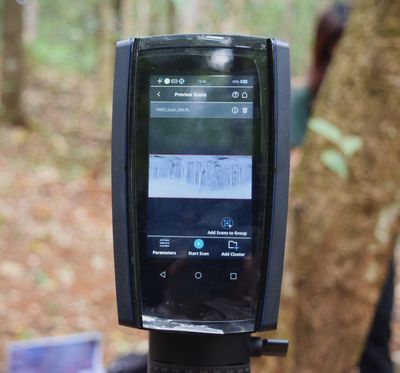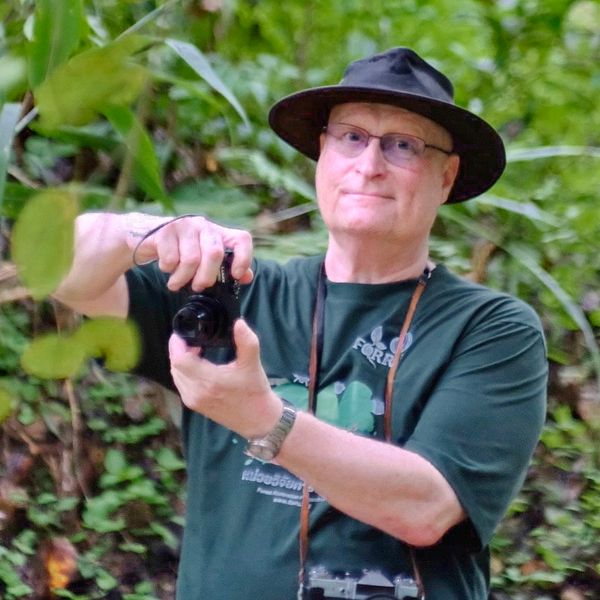Assessing the recovery of tropical forest structure, canopy closure and above-ground carbon during restoration: Comparing conventional with instrument-based metrics

Suwannarat, W., S. Elliott, W. Takaew, P. Laohasom & W. Khokthong. 2025. Assessing the recovery of tropical forest structure, canopy closure and above-ground carbon during restoration: Comparing conventional with instrument-based metrics. Trees, Forests and People, 21, 100928. https://doi.org/10.1016/j.tfp.2025.100928
Contributors
Carbon accumulation and structural development are key indicators of the progress of forest-ecosystem restoration. However current techniques of quantifying them are time-consuming, labor-intensive and costly. Therefore, we tested four instrument-based metrics (vegetation area index (VAI) from terrestrial LiDAR (light detection and ranging), leaf area index (LAI) from a plant-canopy analyser, and canopy cover, from both hemispherical photography (CC_HP) and a densiometer (CC_D)), as alternatives to conventional metrics (above-ground carbon (AGC), tree stocking density (TSD) and basal area (BA)), derived from manual measurements of trees. The study sites were: a control (pre-restoration conditions), 1½- and 11½-year-old forest, both undergoing restoration by the framework species method (FSM), and primary forest of indeterminate age (restoration target). VAI, LAI and CC_D, clearly distinguished among the control site and 1½- and 11½-year-old-restoration (P < 0.05). CC_HP failed to distinguish the control plot from young restoration. All four metrics correlated well (r = 0.58–0.80) with conventional metrics (above-ground carbon (AGC), tree stocking density (TSD) and basal area (BA)), when data were combined across all plots, although plot-level correlations weakened, with increasing structural development. Furthermore, the instrument-based metrics failed to reflect a doubling in AGC between 11½-year-old restoration and the reference forest, by under-estimating increases in structural development beyond canopy closure. CC_D is recommended for monitoring structural development, during early forest restoration, due to its cost-effectiveness, ease of use and minimal disturbance of the forest understory. After canopy closure, AGC remains the most useful metric to gauge how closely restoration achieves reference-forest structure. After 11½ years of implementing the FSM, AGC had reached 49 % (65.9 tC/ha, ±SD 30.44) of the reference forest level (137.4 tC/ha, ±SD 83.19).






